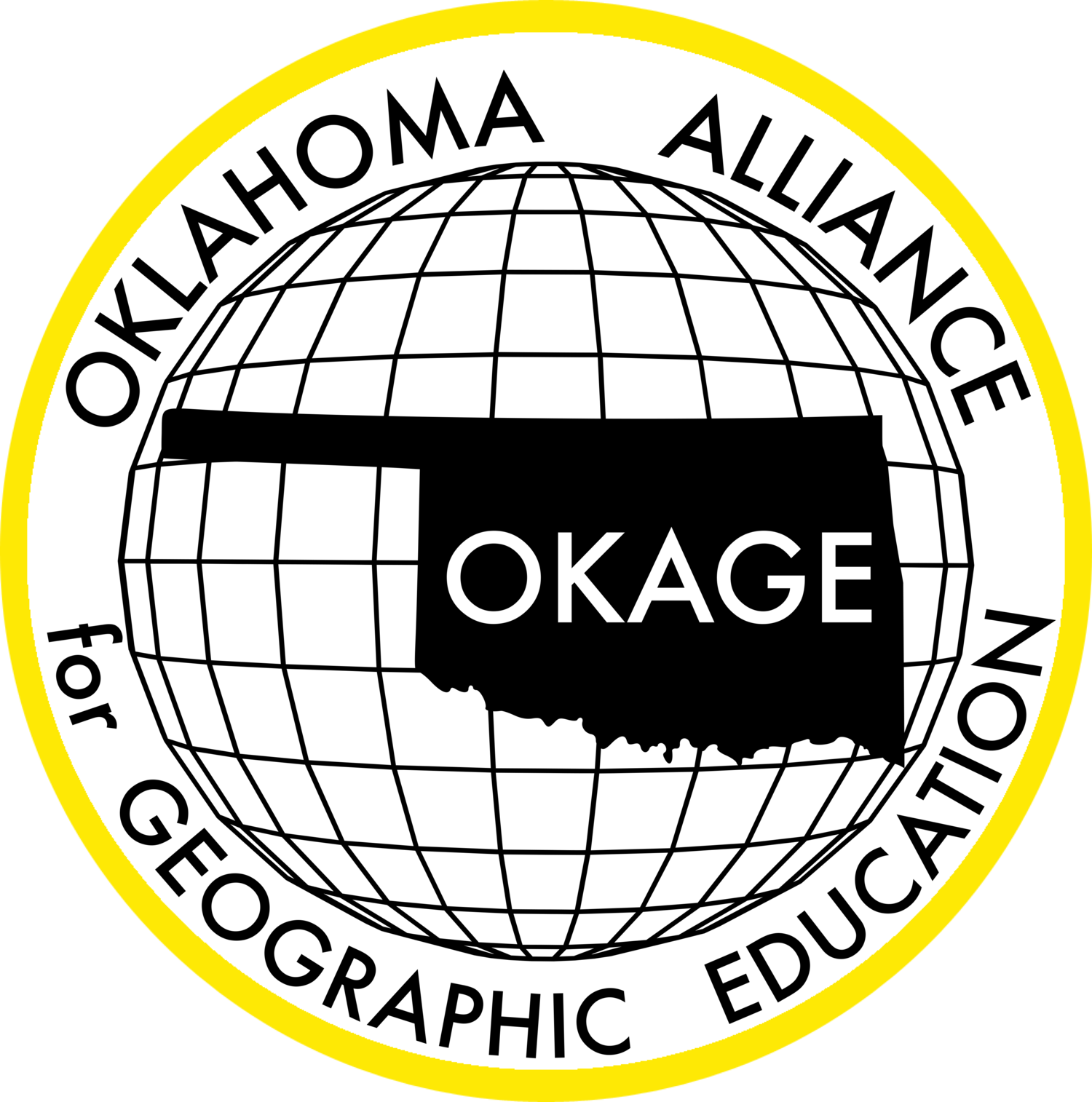"Sahara Some Places in Africa You Need to Know!" Africa's Major Physical Features
Description: Students will use the Giant Map of Africa to become familiar with locations and descriptions of the continent’s major physical features. Middle school is the first opportunity to examine the human and physical characteristics of Africa to any degree of detail. This lesson is designed to be used as an overview or introduction to the continent of Africa by examining its major physical features while also challenging students’ preconceived ideas about the continent.
Grade level(s): Middle School
Standards: OAS, GFL
Produced By: Cindy Petree
Feed the Need: Taking a Closer Look at Food Insecurity in Oklahoma
Description: Students will gain an understanding of food insecurity and hunger in Oklahoma. Students will examine the worldwide humanitarian crisis and the humanitarian relief efforts by the United Nations to address hunger around the world. Learners will create and engage in a service project stemming from this lesson. This is a tiered lesson which may be adjusted for desired level of difficulty.
Grade level(s): Middle School, High School
Standards: OAS, GFL
Produced By: LeaAnn Wyrick
Oklahoma Giant Traveling Map Escape Room
World Religions - In Search of the Light
Description: Students will evaluate the impact of a region’s major religions, including geographic hearths, major beliefs, customs, and the significance of religion in contemporary societies, and explain how religion can both unify and divide people.
Grade level(s): Middle School
Standards: OAS, GFL
Produced By: Jeff Woolsey
The Peoples Forum: What Does Sovereignty Mean for the World's Indigenous Peoples?
Description: The objective of this lesson is to introduce students to the concept of sovereignty and its necessity to assure the survival of the Earth’s most unique, as well as threatened, cultures. Through a simulated conference among representatives of various indigenous groups, students will investigate eight case studies of conflict and cooperation between indigenous groups and governments whose exercise of authority endangers their lands, political rights, and social rights. A review of the goals of the United Nations’ Declaration of the Rights of Indigenous People serves as a catalyst for student-created resolutions to address the problems from these eight case studies through mock deliberation and debate.
Grade level(s): Middle School, High School
Standards: OAS, GFL
Produced By: Pam Merrill
Gridiron Geography - 2019
Description: Using the Big 12 Football schedule as a guide, your students will learn about the geographical and historical significance surrounding the participating teams' campuses, home cities or towns, home states, mascots, players, and more!
Grade level(s): Upper Elementary, Middle School, High School
Standards: GFL
Produced By: Ginny Rohr, Jeff Woolsey, Janet Hall, Darren Purcell, Brenda Chapman, Courtney Moore, and LeaAnn Wyrick.
Oklahomans on the Move
Climate Change
Description: The students will understand the causes and effects of climate change. Students will also be able to apply adaptation strategies to real-world climate change scenarios.
Grade level(s): Middle School Standards: OAS, GFL
Produced By: J. Scott Greene; Angela Trent
The Global Homeless: An Overview of the International Refugee Crisis
Description: The objective of the lesson is to introduce students to the concept of a refugee, as opposed to economic migrants, including an analysis of the primary causes of forced migration and the three basic responses to refugee crises around the world. Students will compare an historical example of forced migration, resulting in the refugee status of one of Oklahoma’s tribal people to the status of contemporary examples of refugees in both the western and eastern hemisphere. Students are encouraged to demonstrate their own independent inquiries into the international refugee crises through the creation of a Thinglink digital product, which can be shared online with fellow students.
Grade level(s): Middle School Standards: OAS, GFL
Produced By: Pam Merrill
The (not so) Great Pacific Garbage Patch Part 2
The (not so) Great Pacific Garbage Patch Part 1
Mining Pollution: A Worldwide Problem
Description: The student will recognize the long-term costs and consequences of industrial waste on environmental and on human health by studying three separate sites suffering from mining waste toxins.
Grade level(s): Middle School Standards: N/A
Produced By: Janet Hall
Garbage: A Recycling Love Story
Lions, Tigers and Bears: The Dilemma of Ecotourism
Description: The objective of the lesson is to investigate the role and effectiveness of wildlife preserves, utilizing a micro-case study from Kenya and making connections to a variety of ecosystems through an online global tour of significant wildlife preserves. Using the essential and supporting questions, students will analyze the advantages and disadvantages of current environmental protection efforts in order to make recommendations regarding a proposed wildlife preserve in Antarctica.
Grade level(s): Middle School, High School
Standards: OAS, GFL
Produced By: Pam Merrill
Rio Platano
Description: The objective of the lesson is to provide an in-depth study of Central America’s most important biosphere - the Rio Platano Reserve and its necessity to the survival of both humans and wildlife. Using the essential and supporting questions, students will analyze the perspectives of major groups who seek to utilize the natural resources of the Rio Platano, followed by engagement in a simulated regional conference of stakeholders. A comparative micro-study of the impact of unsustainable use of the monarch butterfly’s habitat in Mexico provides an optional enrichment opportunity for students. In addition, an extension mini-lesson provides an overall understanding of why wildlife preserves are established, how government policies attempt to protect species, and how individuals can be responsible stewards of their environments.
Grade level(s): Middle School
Standards: OAS, GFL
Produced By: Pam Merrill





















